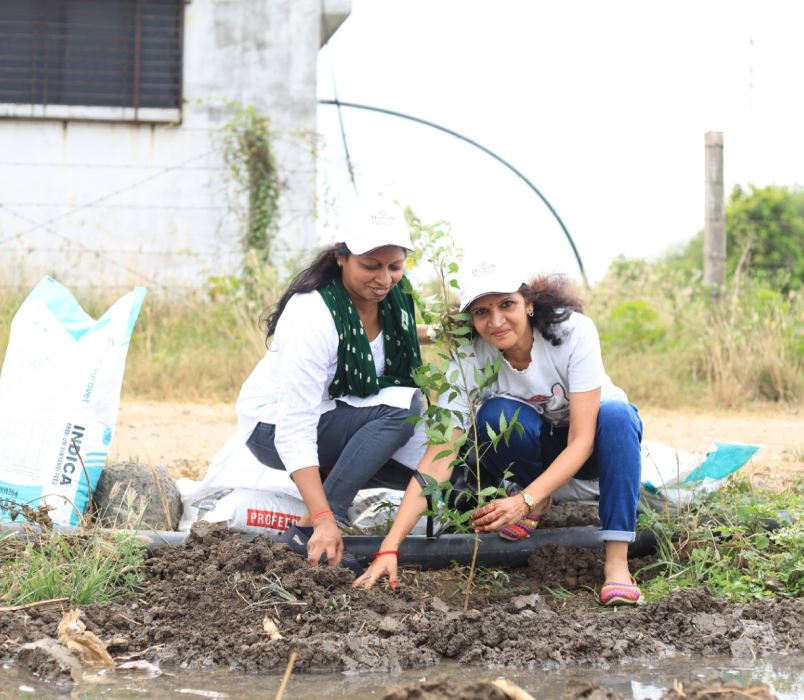
Education Initiatives

Healthcare Support

Environmental efforts

Community Welfare
Education for Employees’ Children

“Give a man a fish and you feed him for a day. Teach a man to fish and you feed him for a lifetime.”
Our Employee medical Health Services
Providing employee medical health services is a crucial aspect of employee benefits and welfare. It demonstrates a company’s commitment to the well-being of its employees and contributes to a healthy and productive workforce. While specific services may vary depending on the company and its resources, here are some common components of employee medical health services:
“The path out of poverty begins when the next generation can access quality healthcare.”
Medical Insurance: Employers often offer medical insurance coverage to employees and their dependents. This coverage typically includes access to a network of healthcare providers and facilities, which may include primary care physicians, specialists, hospitals, and clinics.

Environment Development
Environment development, also known as environmental development or sustainable development, refers to efforts aimed at promoting the well-being of the environment while simultaneously addressing social and economic needs. It involves initiatives and actions that strive to achieve a balance between human activities and the preservation and conservation of natural resources.

“The environment is where we all meet; where we all have a mutual interest it is the one thing all of us share.”
Waste Management and Recycling : Proper waste management is essential for environment development. This involves implementing waste reduction strategies, promoting recycling and composting, establishing efficient waste collection and disposal systems, and raising awareness about the importance of waste reduction and proper waste management practices.
Social Community And Virtual Volunteering.
Social community and virtual volunteering are two approaches that allow individuals to contribute their time, skills, and efforts towards social causes and community welfare in different ways.social community volunteering and virtual volunteering offer meaningful ways for individuals to engage in social causes, contribute to community welfare, and make a difference in the lives of others.
“The welfare of our children is our main concern, and their best interests are our first priority.”

Davariya Brothers Corporate Presentation

